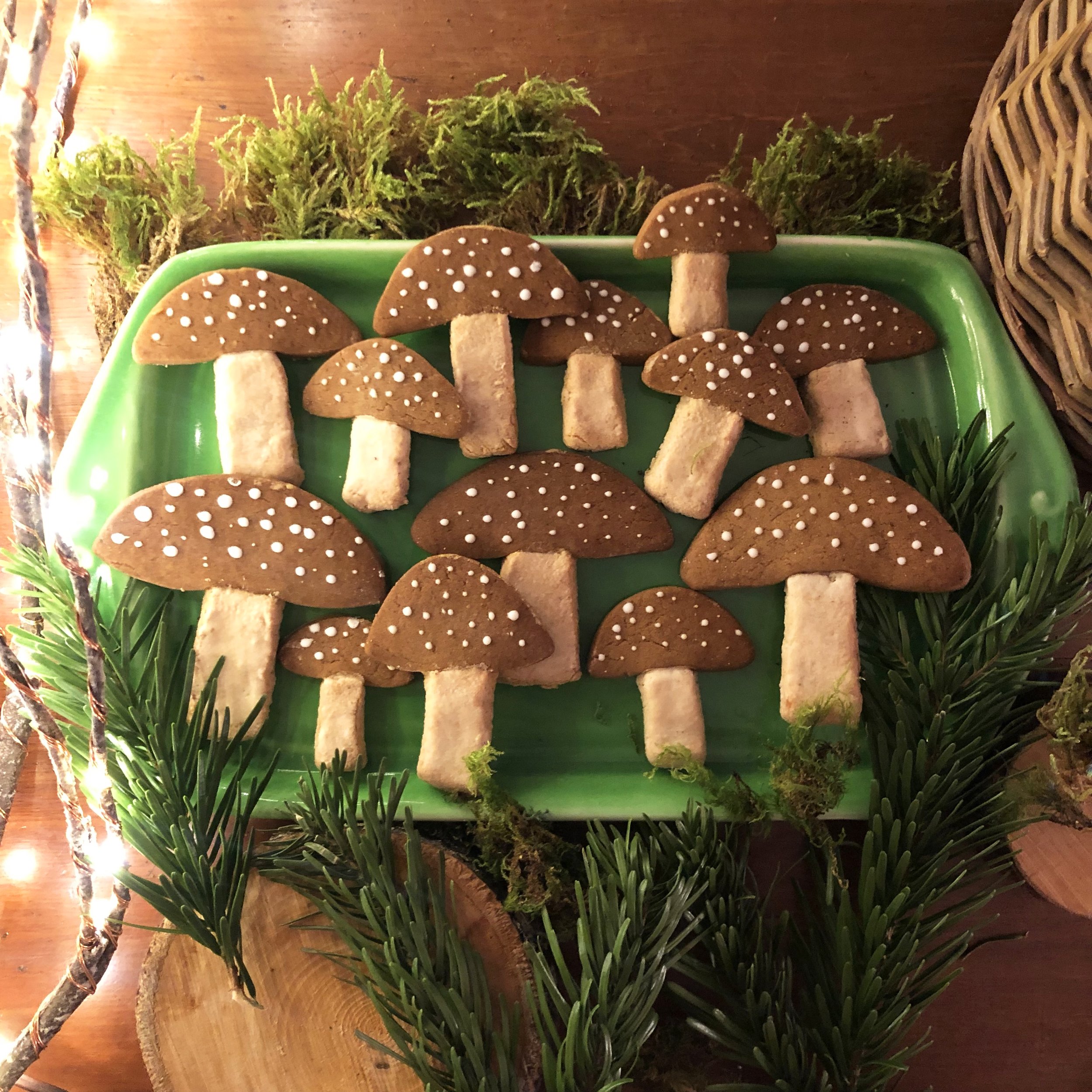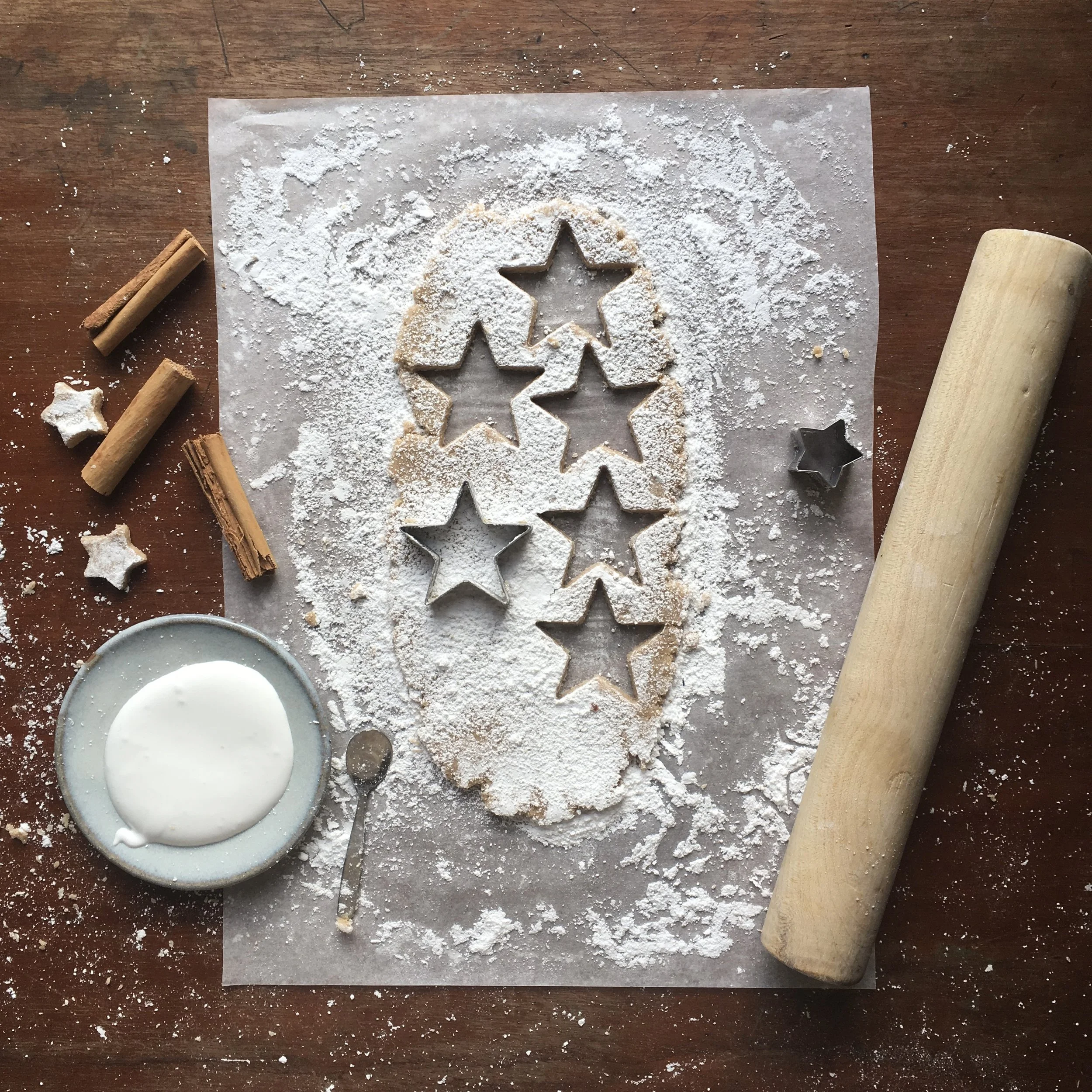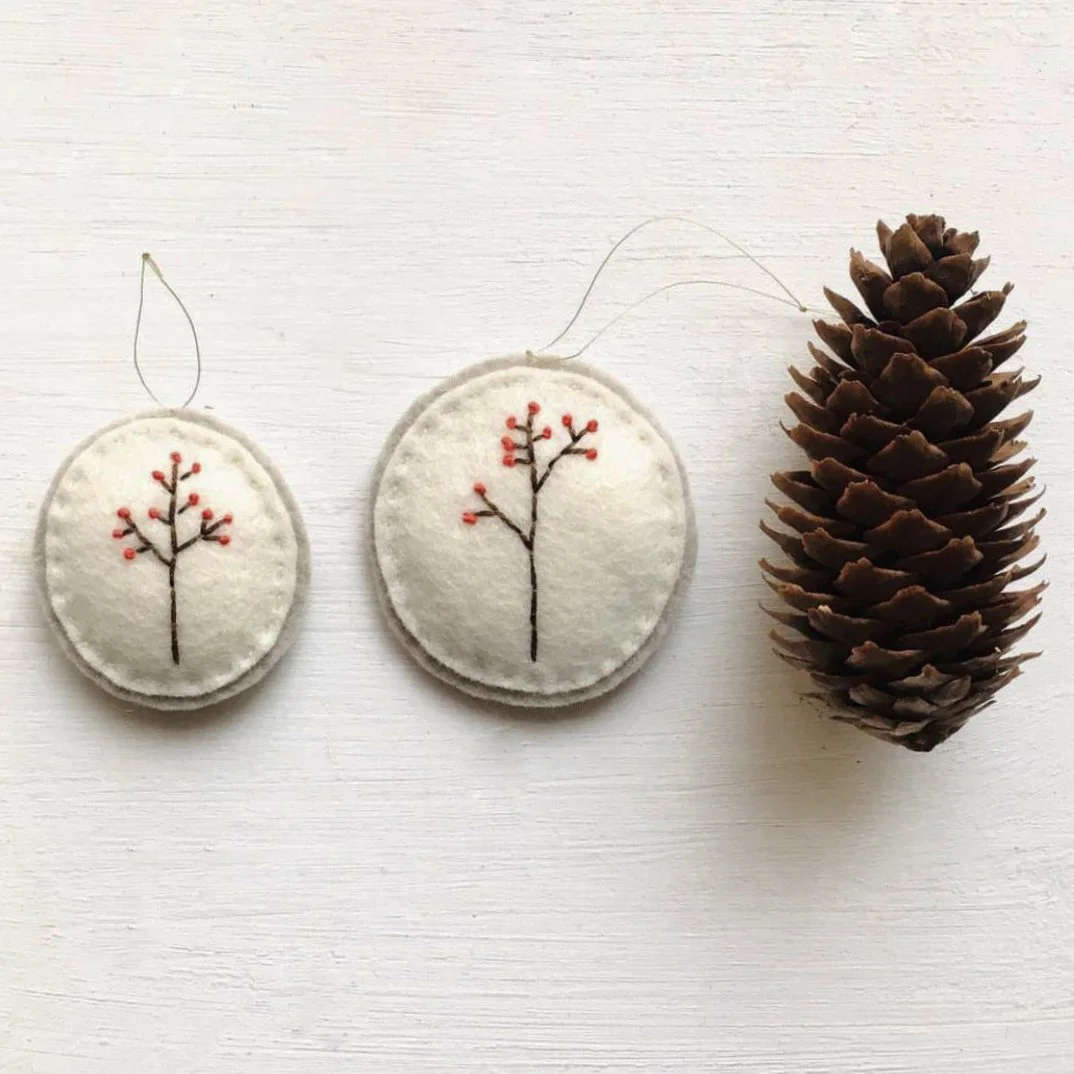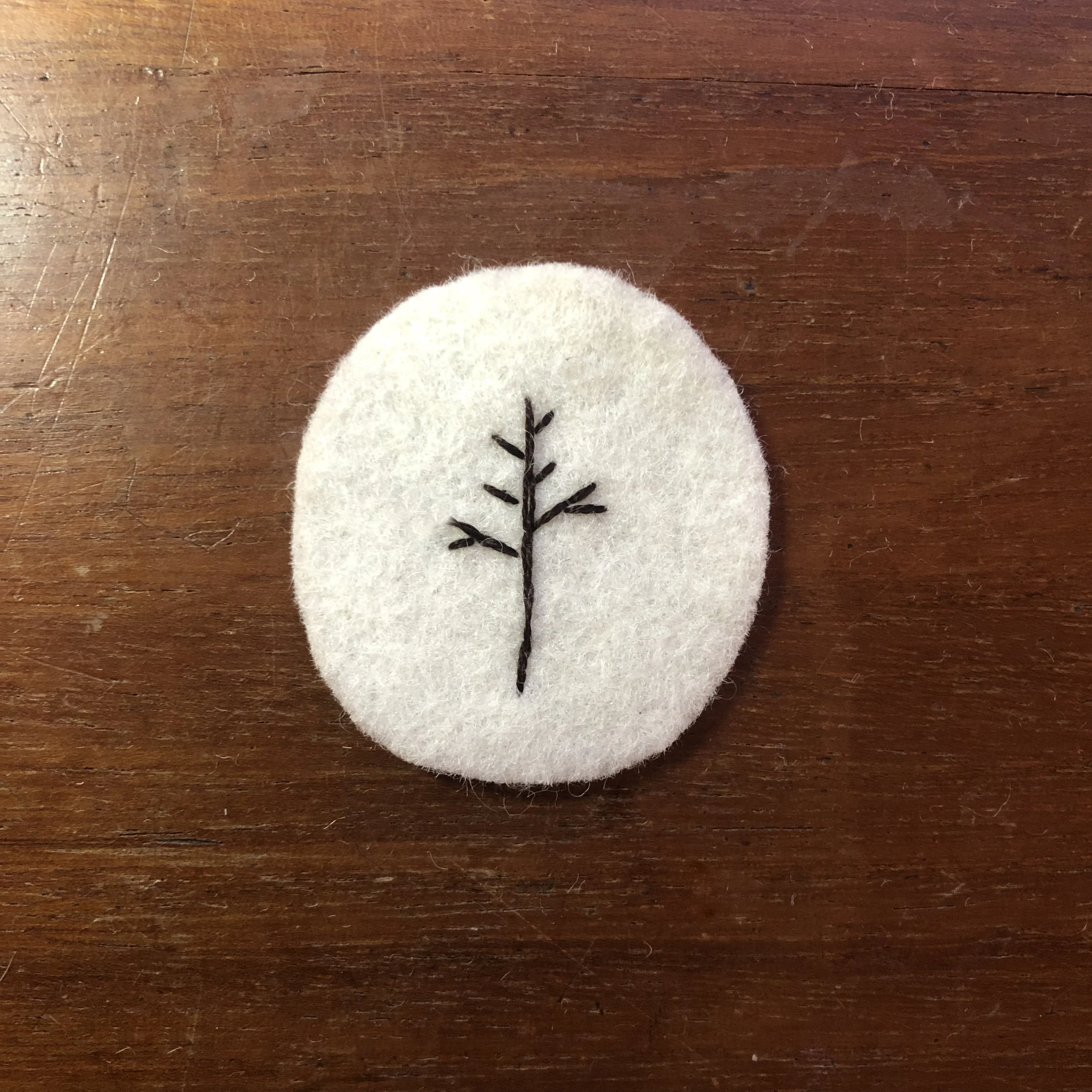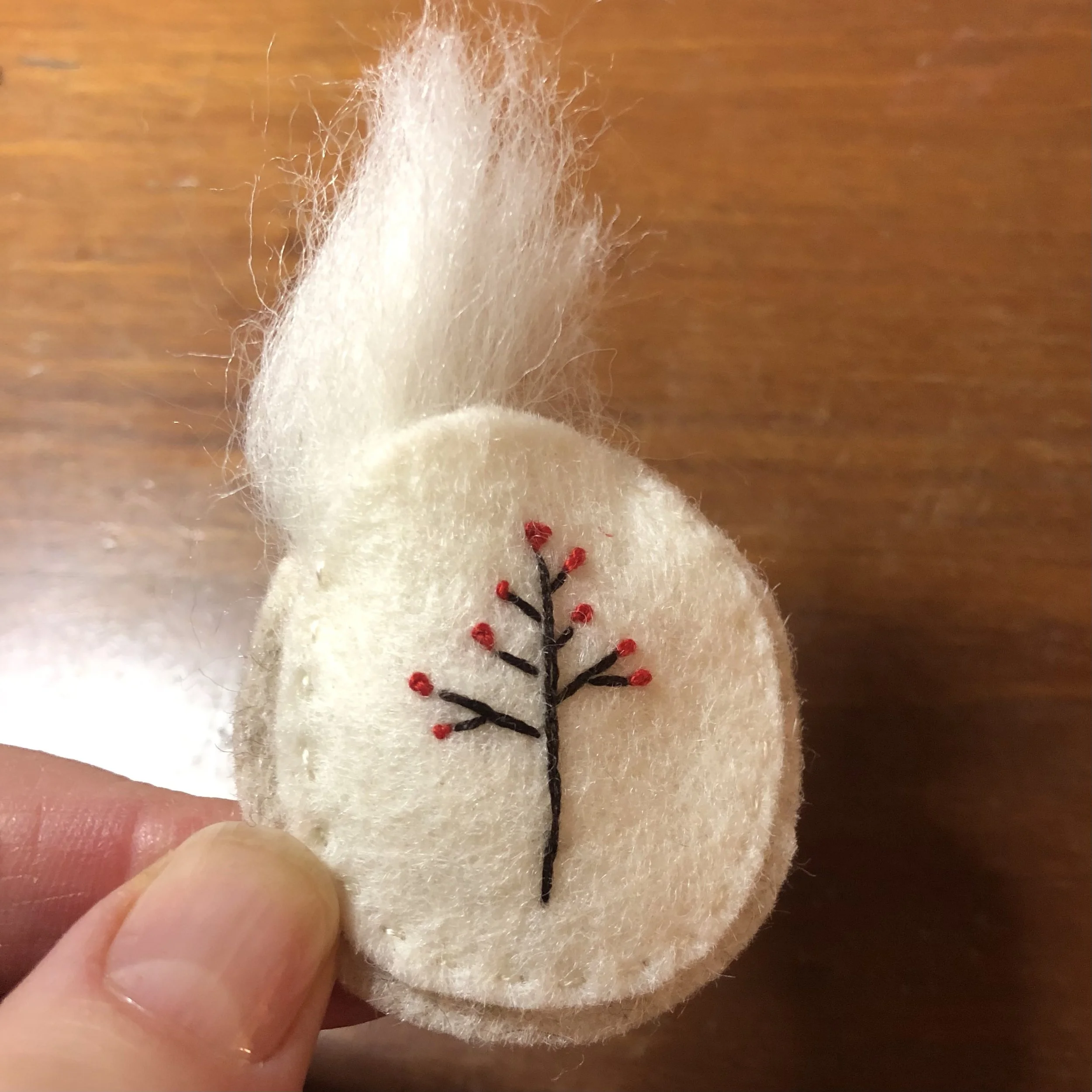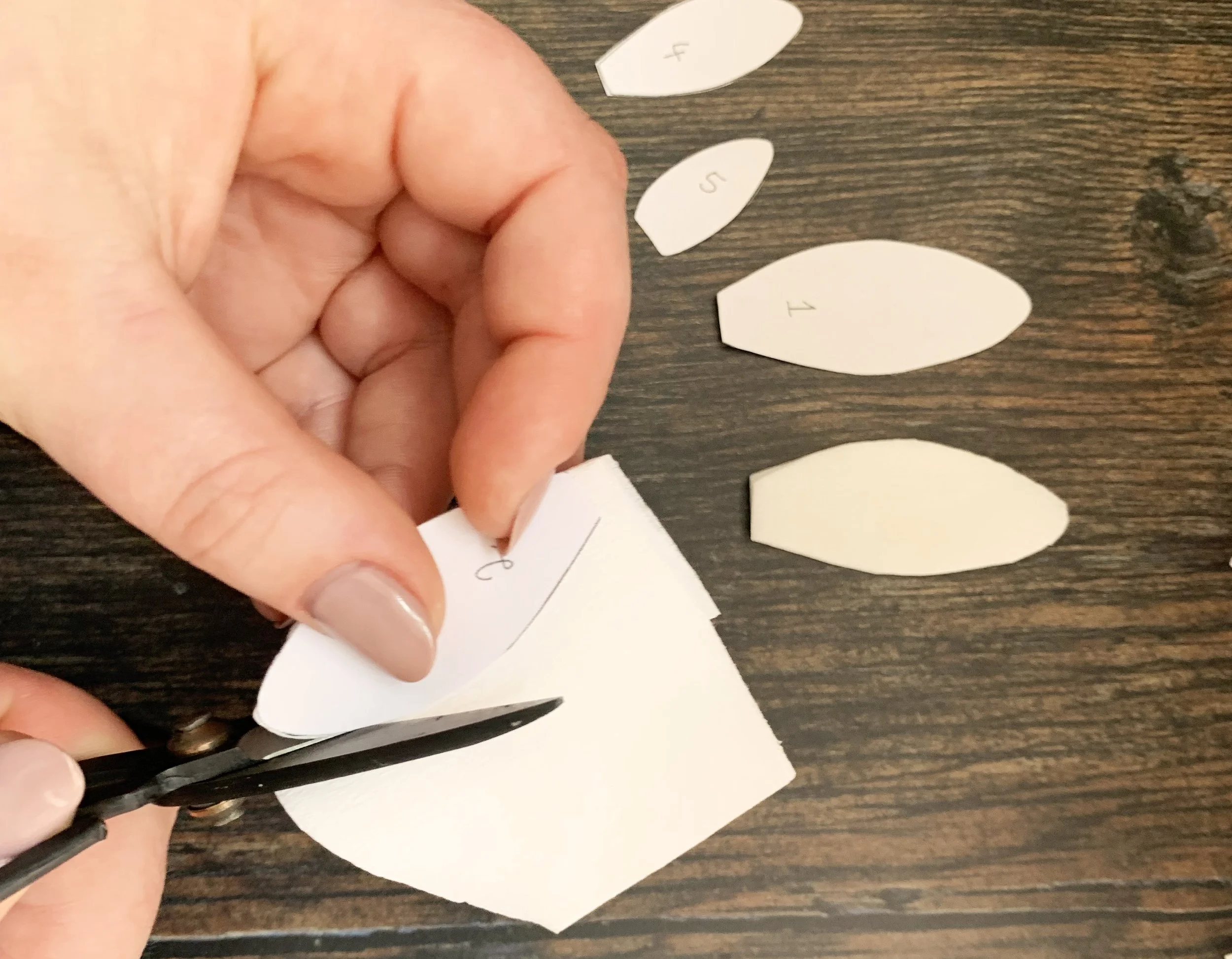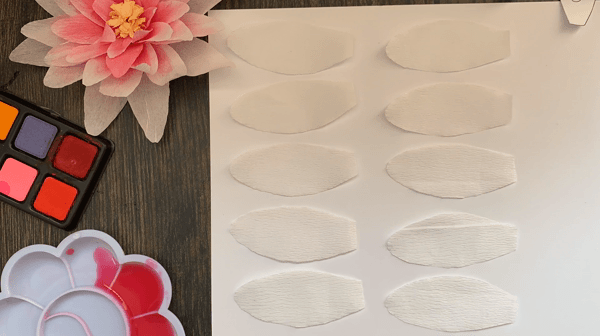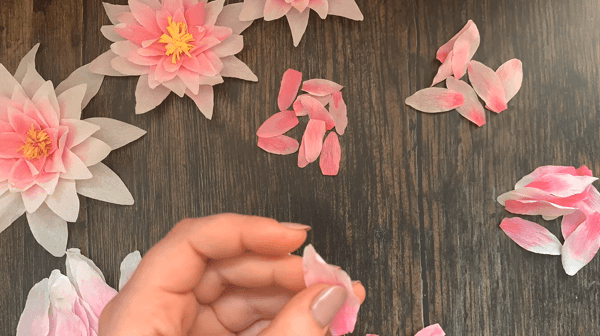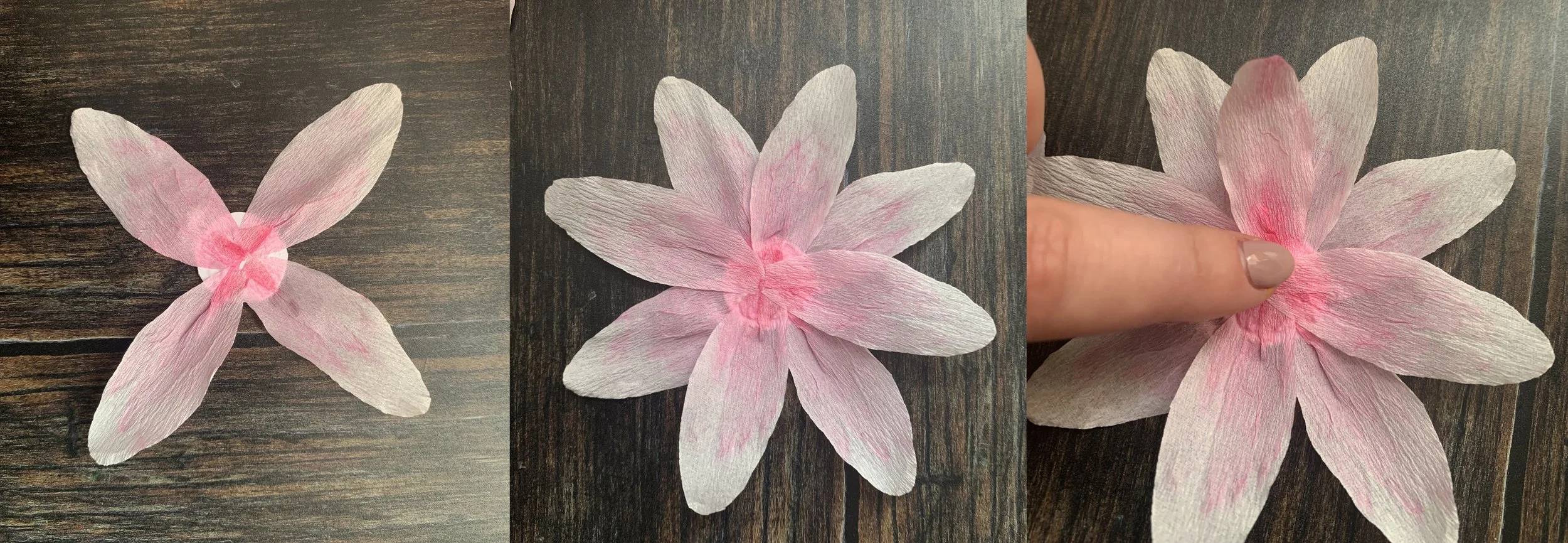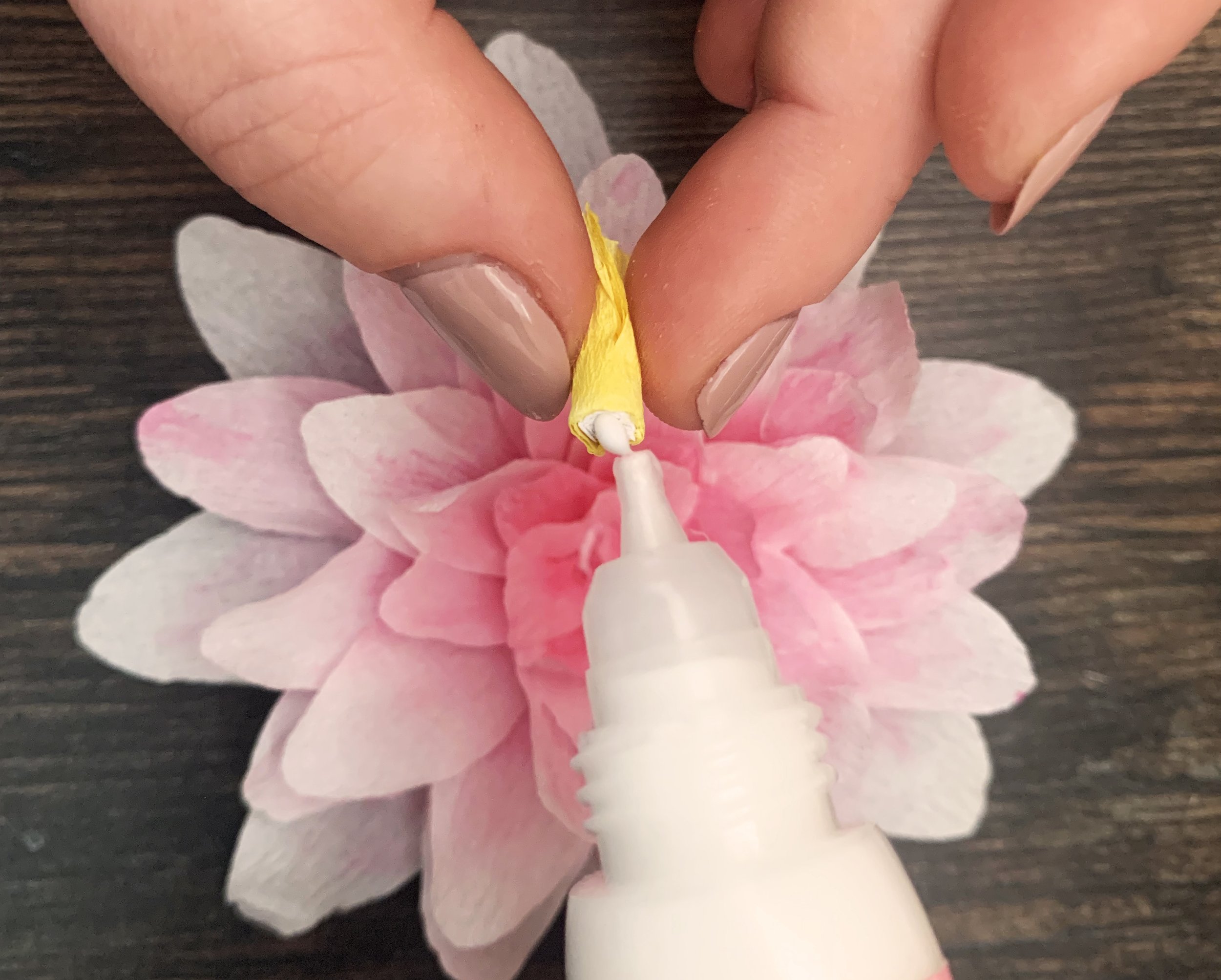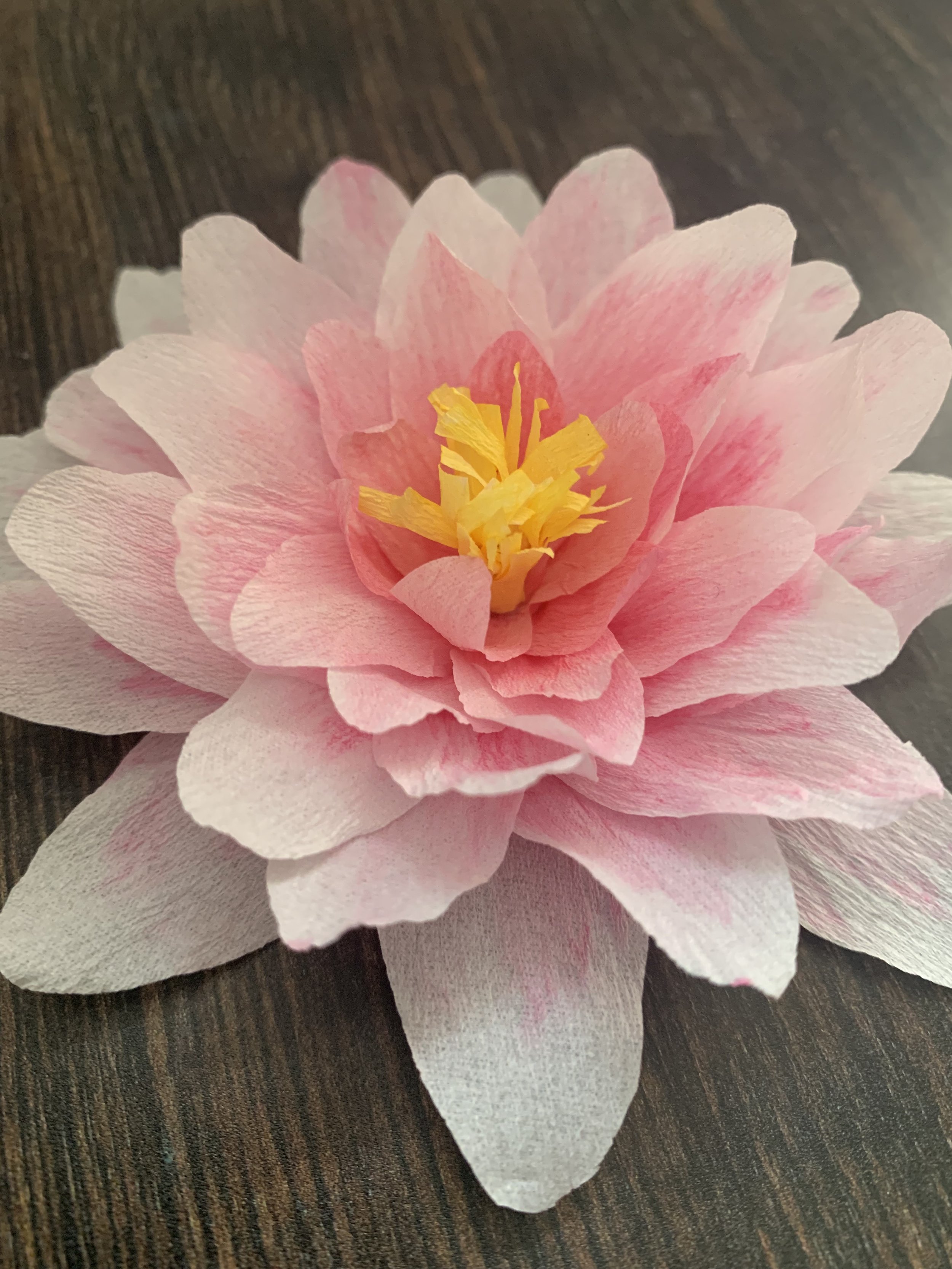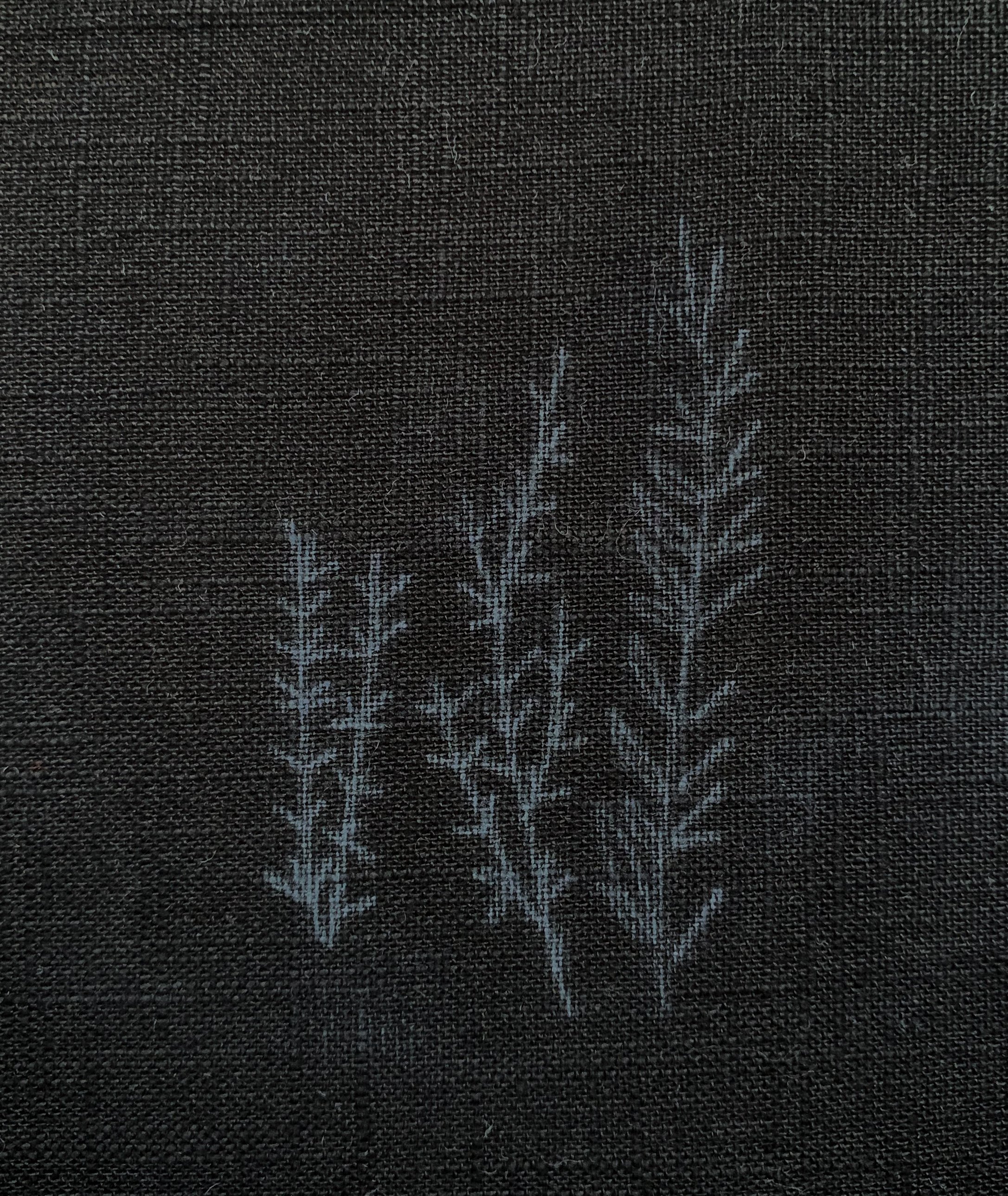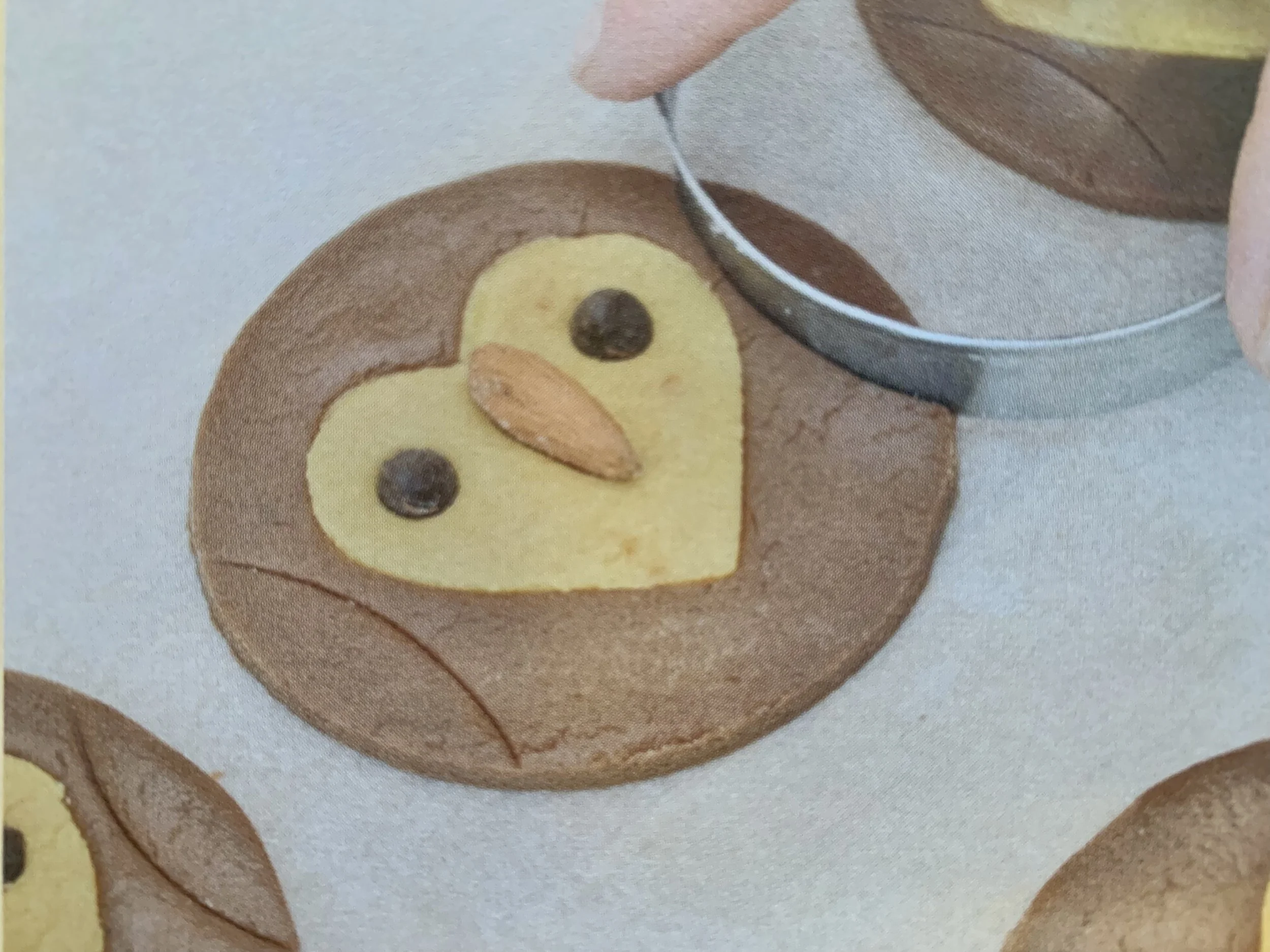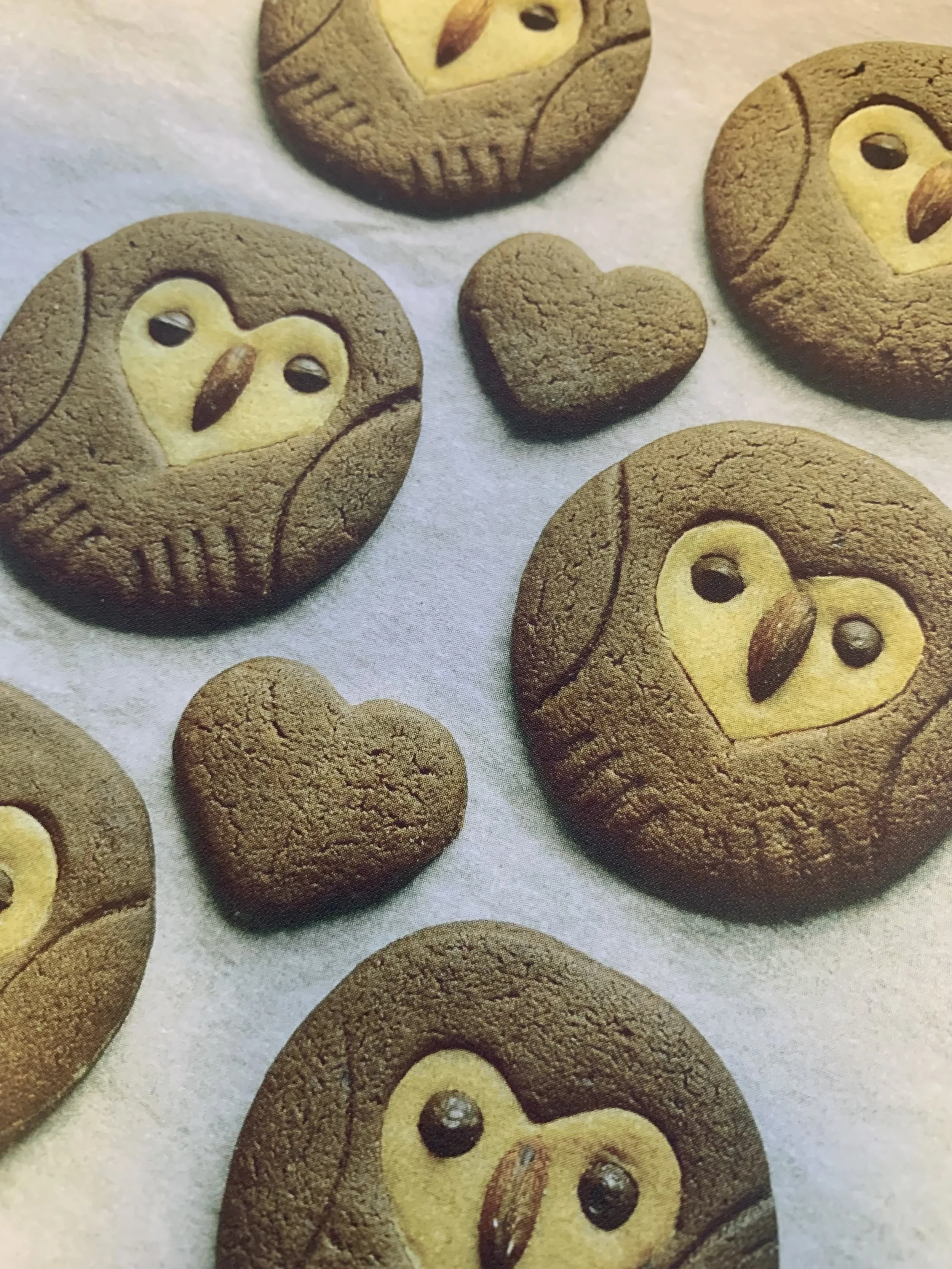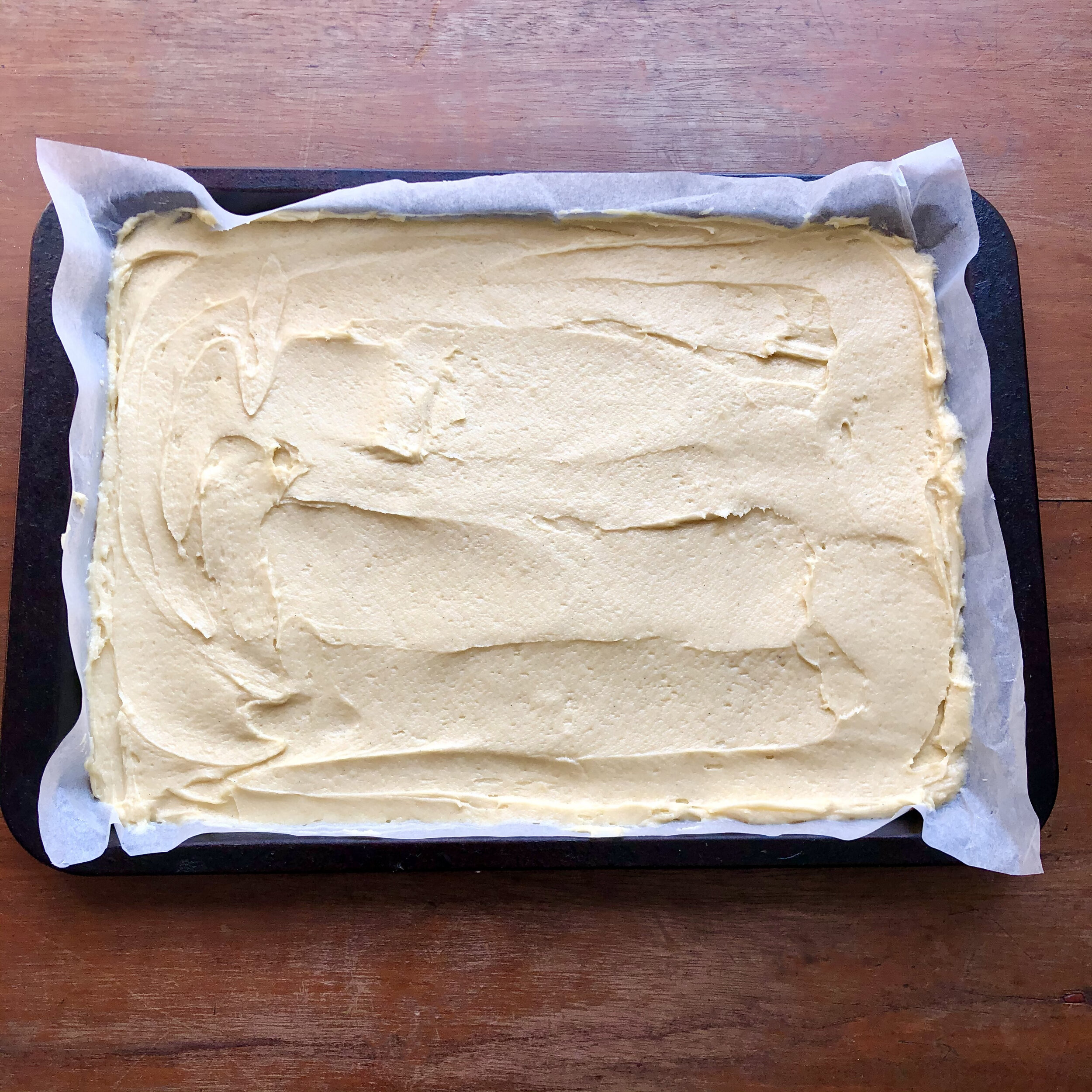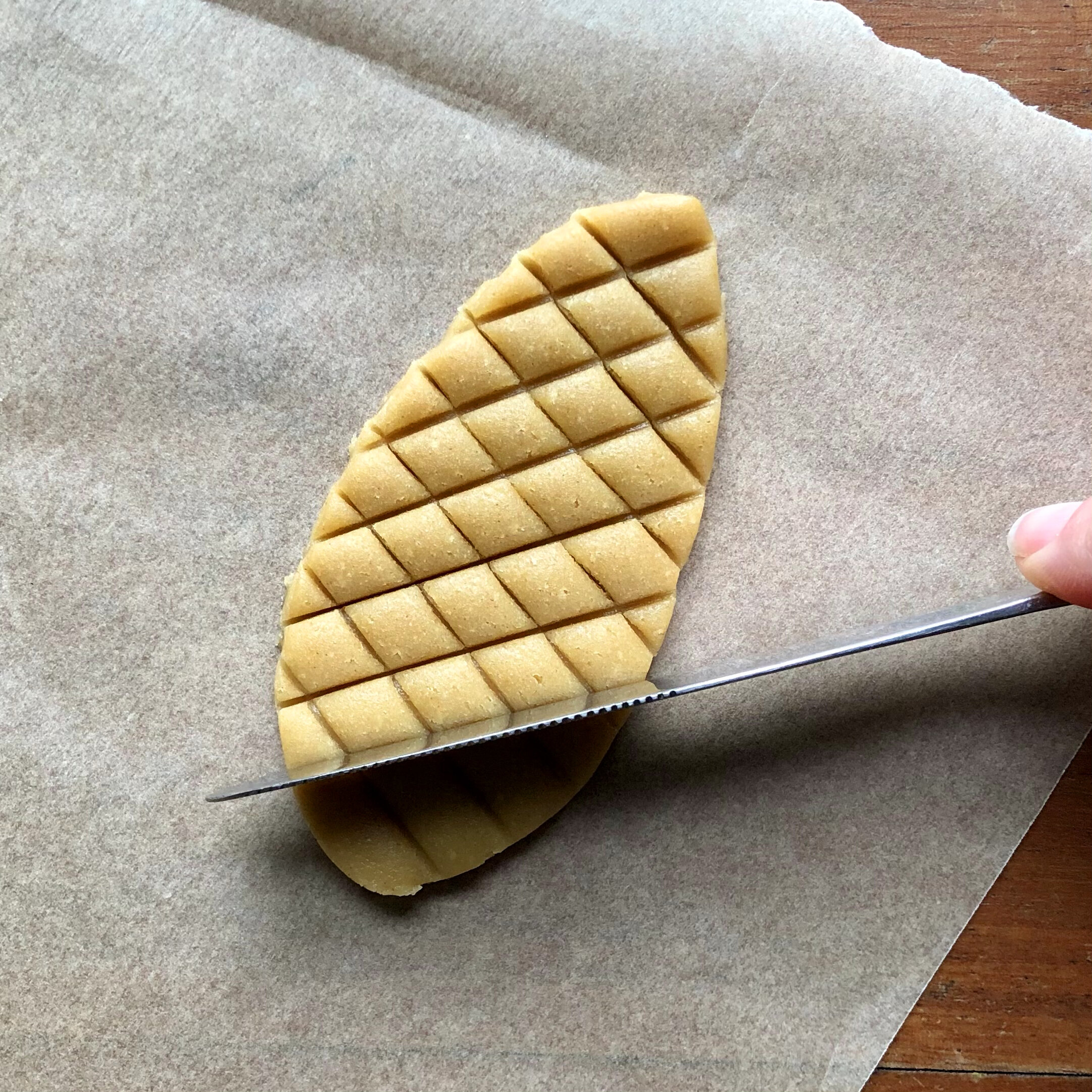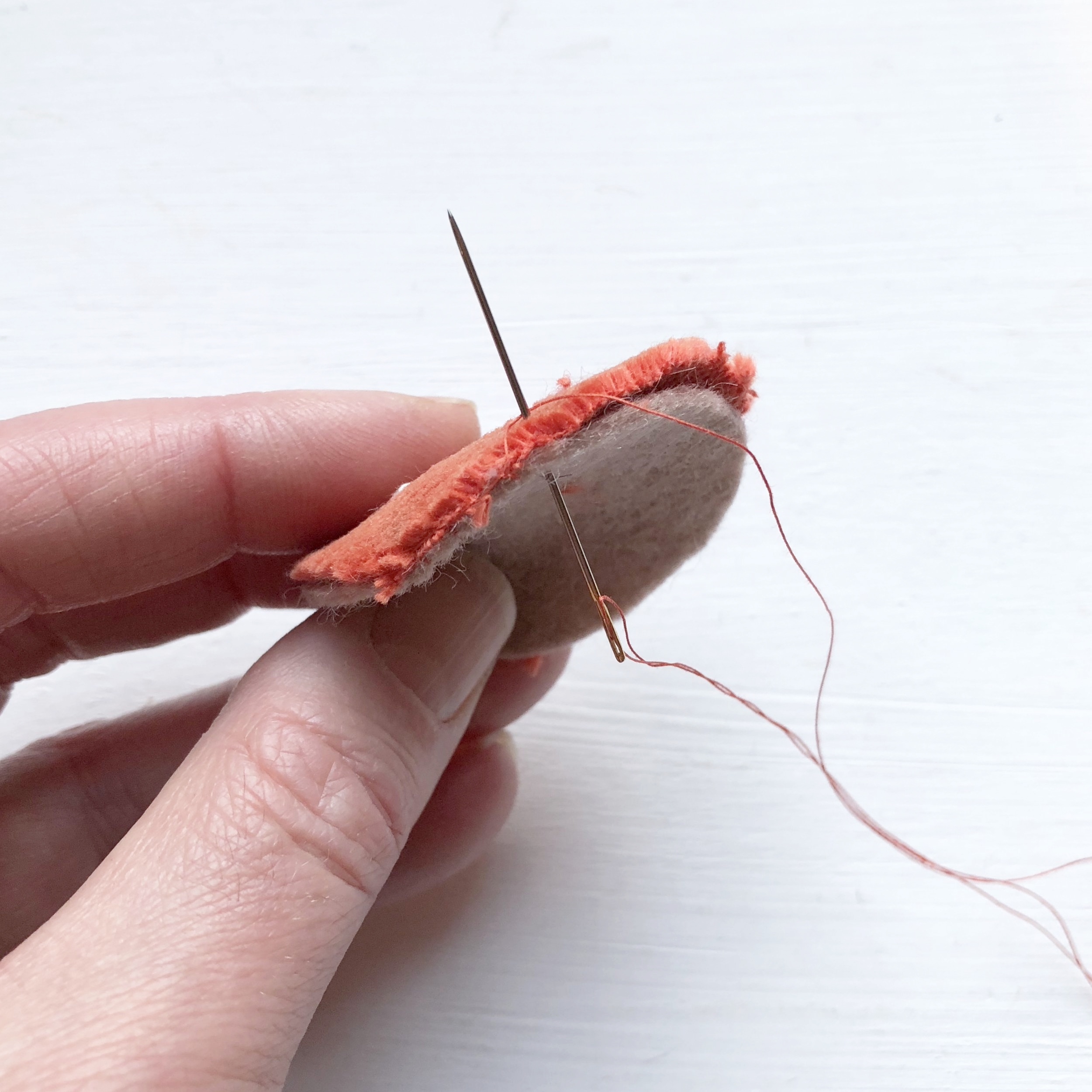Ingredients:
For the gingerbread tops:
125g butter
250g plain flour
100g dark Muscovado sugar
1tsp Bicarbonate of Soda
4 tbsp Ground Ginger
4tbsp Golden Syrup
For the stalks - one batch of Zimtsterne biscuit dough (see previous blog post) You’ll also need a small paintbrush.
For icing the spots on the caps:
1 small egg white
100g icing sugar
squeeze of lemon
cocktail stick
These fairytale toadstool biscuits are made from two different batches of dough. The tops are made from gingerbread, and the stalks from Zimtsterne dough.
Pre-heat the oven to 160˚/ gas mark 3 and line a baking tray with baking paper.
For the Gingerbread:
In a saucepan gently melt together 125g of butter, 4 tbsp of golden syrup and 100g of dark muscovado sugar. Stir well until the sugar has dissolved.
In a bowl sift together 250g of plain flour, 4 tsp of ground ginger and 1 tsp of bicarbonate of soda. Pour the melted ingredients into the bowl of dry ingredients and mix until a soft dough is formed.
Wrap up the dough in cling film or baking paper and chill it in the fridge for 10 - 15 minutes.
Now make your Zimtsterne dough by following the recipe on the previous post. Remember to reserve some of the meringue for painting the stalks before baking.
Roll out the gingerbread dough to a thickness of 0.5cm onto a floured surface and cut out toadstool-cap shapes using a knife. Place them onto the tray lined with baking paper.
Now roll out the Zimsterne dough and cut stalk shapes. Using a clean paintbrush, paint a thin layer of the reserved meringue onto the front of the stalks. Dab a little more onto the top of the stalk where it joins the cap and gently stick together.
Bake in the oven until the caps are just turning golden brown - about 10-15 minutes.
Allow them to cool on the tray for five minutes then move onto a cooling rack. The biscuits will get crispier as they cool.
Make the icing for the dots: Sieve the icing sugar into the egg white and beat together with a spoon. Add a few drops of lemon. You should end up with a slightly runny icing.
Once the biscuits have cooled, dip the end of a cocktail stick into the icing and make small white dots on top of the caps.

